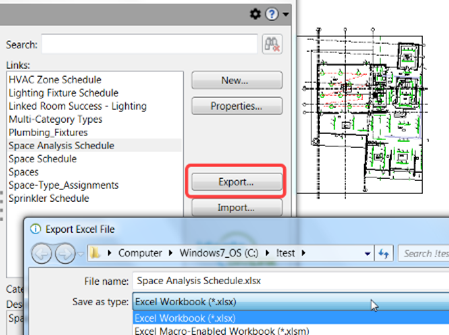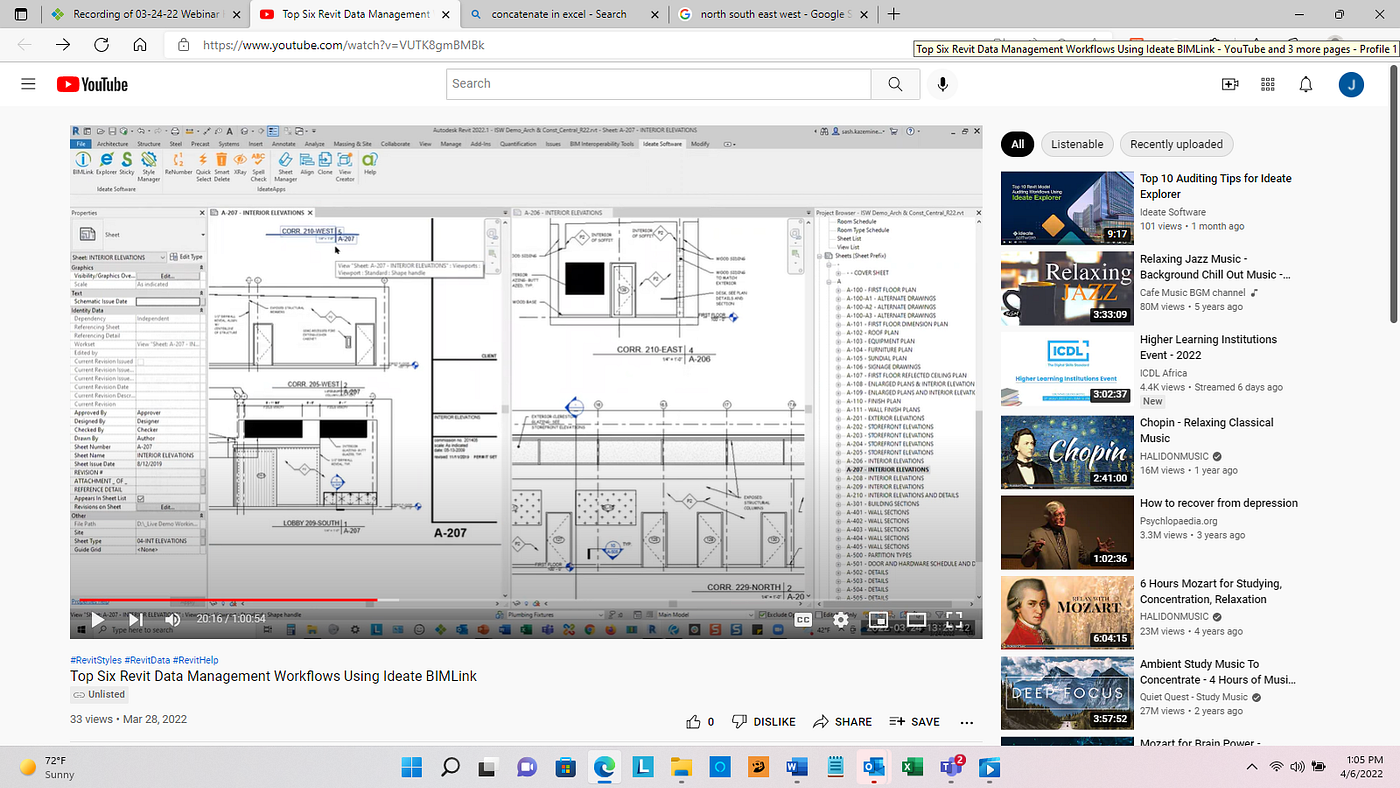Revit Plugins for Unleashing Your Layout Prospective
Wiki Article
Grasping the Art of Information Combination: How to Seamlessly Import Excel Record Into Revit
In this short article, we will certainly direct you via the process of mastering the art of data combination. Obtain ready to prepare your Excel data effortlessly and follow our step-by-step guide to import files right into Revit. With our finest techniques, you'll accomplish data assimilation success in no time.Comprehending the Significance of Information Combination in Revit
Recognizing the value of information combination in Revit is essential for smooth importing of Excel files. When you incorporate data from Excel right into Revit, it enables you to successfully upgrade and handle information throughout the entire job. This assimilation guarantees that your design and building procedure is up-to-date and exact.By incorporating data, you can quickly import and upgrade parameters, routines, and even geometry in Revit. This removes the need for manual data entry, saving you time and decreasing the threat of errors. With Revit's data combination capacities, you can preserve uniformity and accuracy in your task, while likewise boosting collaboration amongst employee.

Checking Out the Excel File Layout for Revit Assimilation

In order to effectively integrate Excel documents right into Revit, it is vital to make certain that the data is formatted correctly. This consists of appropriately identifying rows and columns, as well as structuring the data in a means that works with Revit's data schema. Revit makes use of certain parameters and groups to organize data, so it is crucial to align the Excel information with these parameters to ensure a seamless combination.
Additionally, it is essential to keep in mind that Revit only supports particular data kinds when importing from Excel. These include message, numbers, and days. Any various other data kinds, such as solutions or conditional formatting, will certainly not be recognized by Revit and might cause concerns during the assimilation process.
Preparing Your Excel Data for Seamless Import Into Revit
To make certain a smooth combination procedure, you'll need to effectively style and tag the columns and rows in your Excel data prior to importing it right into Revit. This step is crucial since it permits Revit to properly interpret and organize your information. Beginning by examining your Excel information and recognizing which columns and rows consist of pertinent information for your Revit job. After that, make certain to label each column with a detailed and clear header. This will certainly help you and others quickly comprehend the objective of each column and avoid confusion during the import process.Next, make sure that the information in each column is effectively formatted. If you have a column for measurements, make certain that all dimensions are consistently formatted in the exact same devices of measurement. Revit depends on consistent formatting to accurately analyze and import information.
Furthermore, it is essential to look for any vacant cells or inconsistencies in your data. Revit may not have the ability to review or import data from cells that are empty or consist of errors. It is suggested to assess your Excel data and cleanse up any type of variances Your Domain Name prior to importing it right into Revit.
Step-By-Step Guide to Importing Excel Files Into Revit
When you have actually appropriately formatted and classified your Excel information, you can quickly import it into Revit by following this detailed overview. To begin, open Revit and browse to the "Insert" tab. revit add ins.Next, a dialog box will appear, enabling you to personalize the import settings. Here, you can select the worksheet you intend to import, specify the range of cells to import, and select the ideal systems for your information. As soon as you've made your selections, click "OK" to continue.
Revit will certainly now show a sneak peek of your Excel data. Take a minute to assess the sneak peek and ensure that whatever looks right. If needed, you can make changes to the import setups by clicking on the "Settings" switch.
Best Practices for Information Assimilation Success in Revit
Make certain you follow these finest techniques to ensure effective integration of data in Revit. It is crucial to arrange your information in Excel prior to importing it into Revit. Be conscious of the devices and information kinds when mapping the information, as any inconsistencies can lead to errors in the assimilation process.An additional crucial practice is to frequently verify and upgrade your information. As your project progresses, it is necessary to keep your Excel data approximately day with any changes made in Revit. This will certainly assist preserve the accuracy and uniformity of your information across both read this systems. Additionally, use information validation devices within Revit to recognize any type of errors or variances in the incorporated data.
Last but not least, it is advised to establish a clear process for information assimilation. This includes specifying responsibilities and roles, establishing up an interaction network in between group members, and establishing a routine tempo for data updates and evaluations. By following these ideal practices, you can guarantee a effective and seamless integration of information in Revit, eventually enhancing the effectiveness and precision of your project.
Verdict
To conclude, grasping the art of data integration is crucial for smooth import of Excel submits into Revit. Comprehending the importance of data integration in Revit is the primary step in the direction of successful assimilation. Checking out the Excel data format for Revit integration assists in understanding the constraints and needs. Preparing the Excel information effectively and following a detailed overview is essential for a smooth import procedure. By following finest techniques, you can ensure data combination success in Revit and make one of the most out of your task.When importing data from Excel into Revit, it read this article is crucial to recognize the documents format and exactly how it can influence the combination process (revit tool). Revit utilizes details criteria and classifications to arrange information, so it is important to line up the Excel information with these specifications to make certain a smooth assimilation
Be mindful of the information and systems types when mapping the data, as any type of discrepancies can lead to errors in the assimilation process.
Additionally, make usage of data validation tools within Revit to recognize any kind of errors or variances in the integrated data.

Report this wiki page